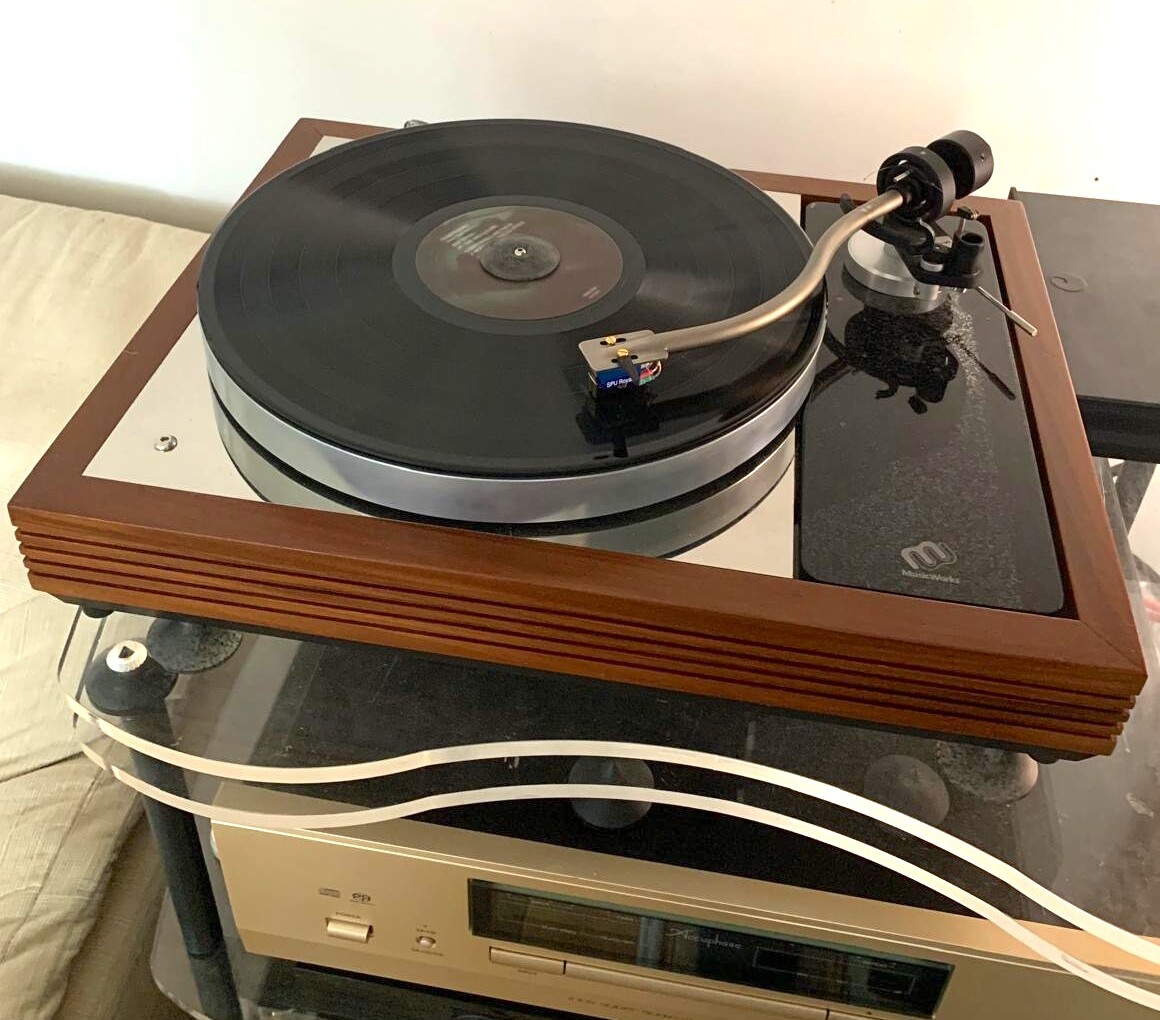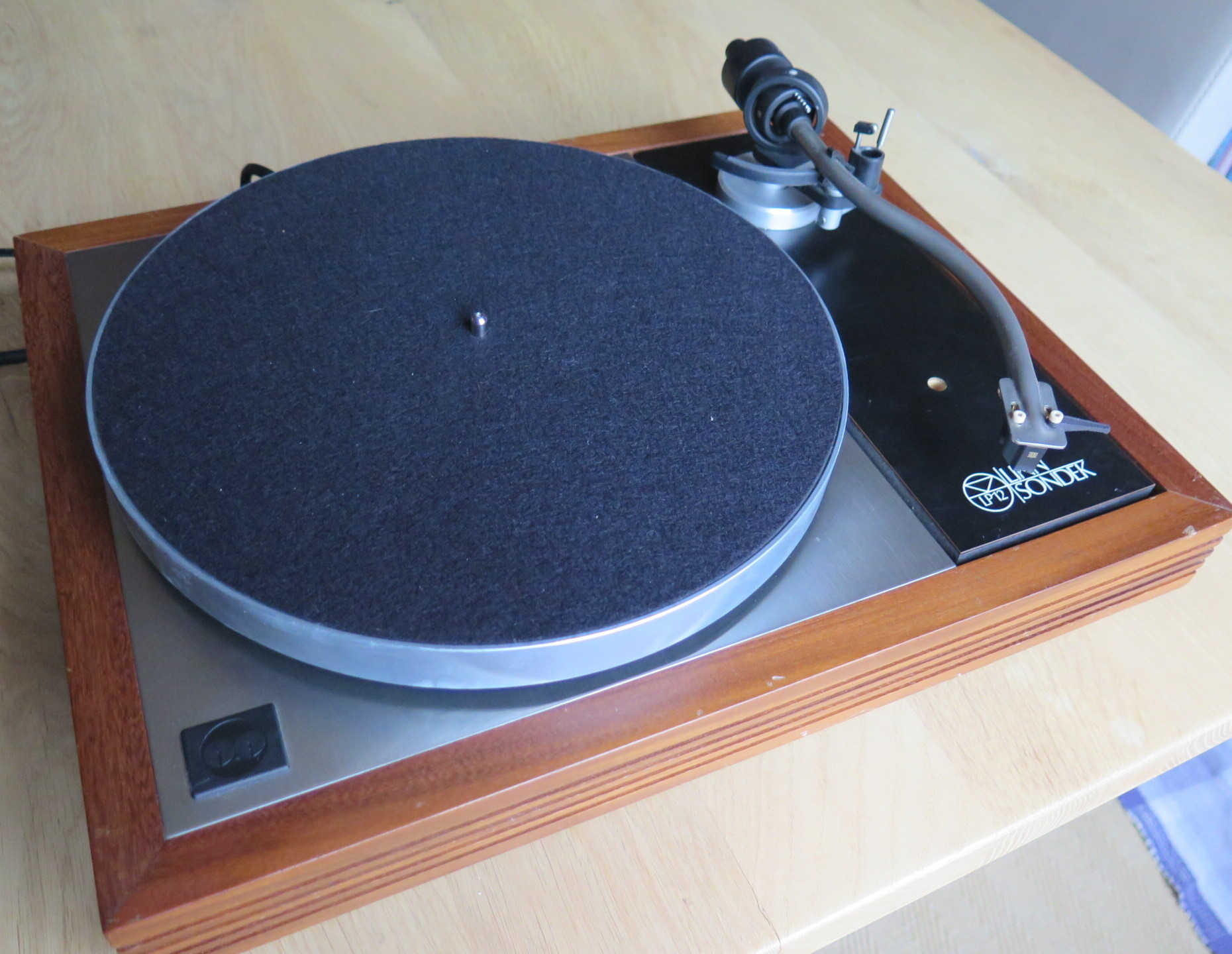Project FrankenLinn takes flight…
By Steve Dickinson

Time for a confession: I’ve never owned a Linn LP12 turntable – at least, not until now. That’s borderline heresy here in the UK, but back in the day, it was outside my modest budget, and once my hi-fi got a bit more respectable, it also focussed more on CD, so I just sort of muddled along with my old Rega. But, living where I do, and dabbling at least semi-seriously in the audio world, Linn ownership feels like a rite of passage I should have undertaken well before now. So, better late than never, hey? But in this case, it goes beyond just running an LP12 ‘because it’s an LP12 and you kinda, oughta do it at least once’. Yes, I’m interested to find out why the LP12 still has such fierce supporters, but the timing is far from coincidental. Recent events have made me wonder just what might be done to the LP12 to keep it relevant: more particularly, what might be done beyond the narrow path (and steep pricing) of Linn’s own LP12 ‘ecosystem’.
A little bit of research and I duly acquired a second-hand LP12 (Nirvana/Valhalla vintage) from a certain, well-known auction site. It was a fair price, but the best bit was that it was local to me, so I could pick it up in person and cast an eye over it, rather than relying on the seller to pack it properly, and the shipper not to play football with it. It was a fairly typical early ‘80s ‘Afro’ LP12, with its internal, single-speed power supply, although somewhat unusually, it was also fitted with a Sumiko MMT tonearm – one of those ubiquitous, Jelco-sourced Japanese S-shaped arms, popular budget choices in the ‘90s. Deck and arm turned out to be in decent condition, especially after a full service and some adjustment from local LP12 guru Steve Jackson, about whom more later. And it sounded much as I remember LP12s used to sound, back in the day, except perhaps that that characteristic Linn boisterousness (in a good sense) was slightly subdued, and tonal colour a bit more muted than I’d hoped for. It wasn’t at all bad, but it just lacked the full LP12 heartiness I knew was in there somewhere. So, back to that online auction site and I added a Naim Armageddon and a very tidy, recently factory refreshed, early model Alphason HR100S tonearm to the mix.

This was much more like it. Much nearer to the sound I remembered and had hoped for. It had that lovely Linn way with rhythm, a bouncy, propulsive jauntiness, with plenty of dynamic subtlety and nuance; it was just fun to listen to. So now I had what was, to all intents and purposes, a very good example of what the venerable and venerated Linn LP12 was all about. On went my Hana ML moving coil cartridge and it finally felt like I was getting the best out of the combination.
My ‘main’ turntable is the excellent VPI Prime Signature, and there is no doubt that the VPI is the more grown-up deck; it has scale, authority, poise, gravitas, and all manner of other good things. But the Linn has a puppyish enthusiasm for music that just makes you smile. Yes, the VPI is better in lots of hi-fi-related respects; yes, it has a solidity and stability the Linn can’t even approach; yes, it is the more grown-up choice, and yes, it does most things as well if not better than the Linn. But then that’s only right, given that it cost a lot more than the Linn, is almost 40-years younger and has benefitted from the intervening advances in thinking and materials. But as tens of thousands of LP12 owners have discovered, there’s still something irrepressible about the ‘old fruitbox’.

